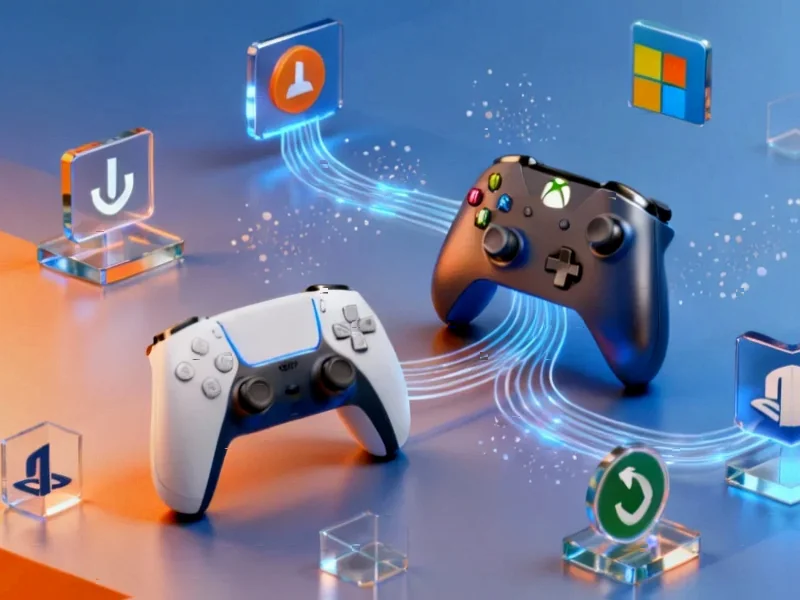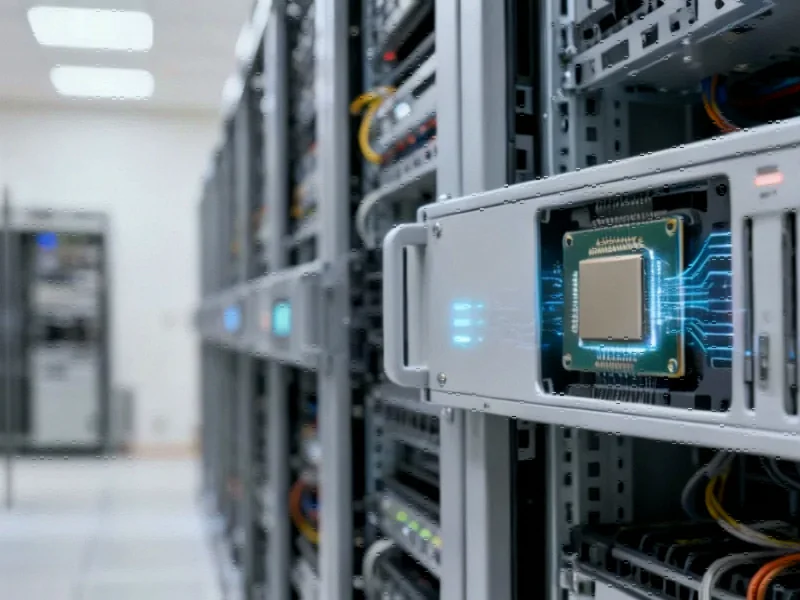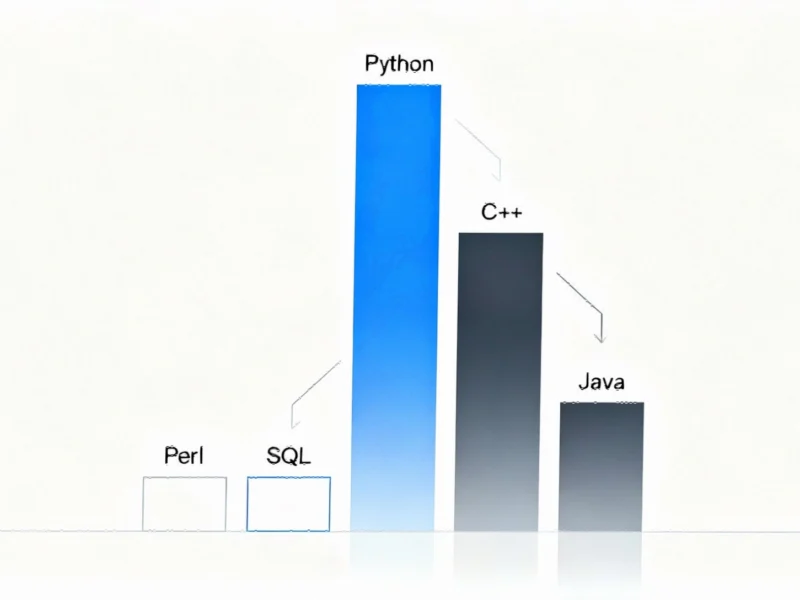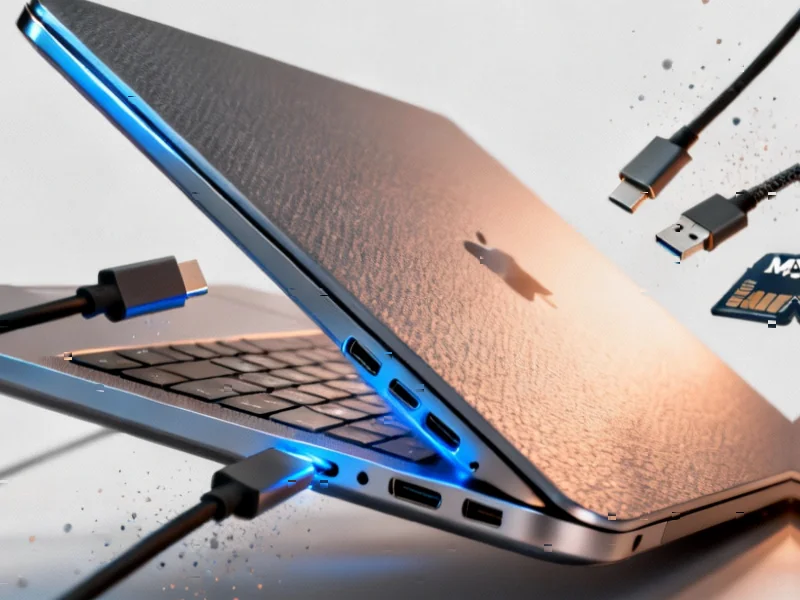According to Windows Central, Microsoft released multiple Windows 11 Insider builds during the second half of October 2025, including builds 27971 and 27975 for the Canary Channel, and builds 26220.6982, 26120.6982, 26220.6972, and 26120.6972 for Dev and Beta Channels. The updates introduced a “Copy & Search” feature that automatically detects copied text and suggests searches, enhanced Voice Typing with adjustable wait times, proactive memory diagnostics notifications for Blue Screen incidents, redesigned About pages with improved device information organization, and integrated mobile device management within Settings. These changes represent Microsoft’s continued refinement of Windows 11 across multiple development channels ahead of potential 24H2 and 25H2 releases. This steady stream of improvements reveals interesting strategic directions.
Table of Contents
The Subtle Search Revolution
Microsoft’s “Copy & Search” feature represents more than just convenience—it’s part of a broader strategy to make search contextual and anticipatory rather than reactive. By detecting copied text and automatically suggesting searches, Microsoft is essentially creating a secondary input method that bypasses traditional typing. This approach could be particularly valuable for mobile users transitioning to desktop environments or for scenarios where copying text from one application naturally leads to searching for related information. The risk here is creating what users might perceive as intrusive behavior—constantly monitoring clipboard content could raise privacy concerns if not implemented with clear user controls and transparency.
Shifting From Reactive to Proactive Diagnostics
The introduction of proactive memory diagnostics notifications following Blue Screen of Death incidents marks a significant shift in Microsoft’s approach to system reliability. Rather than leaving users to troubleshoot mysterious crashes on their own, the system now suggests specific diagnostic actions. This represents Microsoft’s growing emphasis on self-healing systems that can identify and potentially resolve their own issues. However, the effectiveness of this approach depends entirely on the accuracy of the diagnostic suggestions—false positives or irrelevant recommendations could frustrate users more than they help. The challenge lies in creating intelligent enough systems to distinguish between memory-related crashes and other system failures.
The Mobile Integration Imperative
The integration of mobile device management directly into Settings rather than external pages signals Microsoft’s recognition that device ecosystems matter more than individual platforms. As users increasingly operate across Windows, Android, and iOS devices, seamless management becomes critical. This move aligns with Microsoft’s broader “Windows as a service” philosophy, where the operating system serves as a hub for managing all digital experiences. The missing piece remains deeper integration with non-Microsoft services—while iPhone and Android management is welcome, true ecosystem cohesion would require partnerships and APIs that extend beyond Microsoft’s direct control.
The Insider Program’s Evolving Role
These frequent, incremental updates through the Windows Insider Program demonstrate Microsoft’s maturation in development methodology. Rather than saving major features for annual updates, the company is adopting a continuous delivery model that tests smaller changes more frequently. This approach reduces integration risk and provides more granular feedback, but it also creates complexity in managing multiple simultaneous development tracks. The challenge for Microsoft is maintaining coherence across these parallel development streams while ensuring that each build provides meaningful value to testers without introducing excessive instability.
What These Changes Signal for Windows’ Future
The pattern emerging from these October updates suggests Microsoft is focusing on three key areas: intelligence (contextual features like Copy & Search), reliability (proactive diagnostics), and ecosystem (mobile integration). None of these changes are revolutionary individually, but collectively they represent a significant evolution in how Windows anticipates user needs rather than simply responding to commands. The risk for Microsoft is whether these incremental improvements can compete with more dramatic innovations from competitors, particularly in the AI space where other platforms are making bolder moves. The success of this approach will depend on execution quality and whether users perceive these features as genuinely useful rather than merely additional complexity.
Related Articles You May Find Interesting
- Nvidia’s $5 Trillion Quest: The AI Revolution’s Unstoppable Engine
- The Spider Silk Surpasser: How Delayed Crystallization Creates Super-Elastomers
- From Trash to Treasure: Upcycling Polystyrene into Valuable Chemicals
- Red Fluorescent Biosensor Illuminates Brain Metabolism Mysteries
- The Unanswerable Question: Quantum Computing’s Fundamental Limits



